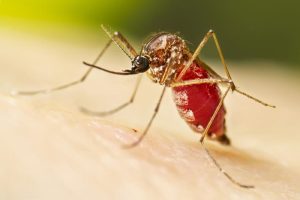NewsDesk @bactiman63
According to the Brazil Ministry of Health, 162,407 probable cases of chikungunya were reported through August 31, an 89.4 percent increase compared to the same period in 2021.

The Northeast Region presented the highest incidence (243.7 cases/100 thousand population), followed by the Central-West Regions (34.2 cases/100 thousand population) and the North (25.3 cases/100 thousand population).
Cities reporting the most cases include Fortaleza, Maceió and Brejo Santo.
Officials report 64 chikungunya deaths to date with nearly half reported in Ceará with 46% (30 deaths).
Chikungunya is a viral disease transmitted to humans through the bites of mosquitoes infected with the chikungunya virus.
It was first described during an outbreak in southern Tanzania in 1952 and has now been identified in nearly 40 countries in Asia, Africa, Europe and, most recently, the Americas. Symptoms usually begin 4 to 8 days after a mosquito bite but can appear anywhere from 2 to 12 days.
The most common symptom is an abrupt onset of fever, often accompanied by joint pain. Other symptoms include muscle pain, headache, nausea, fatigue, and rash. Severe joint pain usually lasts a few days but can persist for months or even years. Serious complications are uncommon, but atypical severe cases can cause long-term symptoms and even death, especially in older people.
There is currently no vaccine or specific drug against the virus.
Brazil dengue deaths top 800, São Paulo accounts for three out of ten deaths
Brazil: Domestic puppy in Minas Gerais contracts monkeypox, Lived with confirmed human case
Brazil: Dozens of Candida auris cases confirmed in Pernambuco state this year
Brazil: Teen who contracted rabies in the Federal District dies


2 thoughts on “Brazil chikungunya: 162,000 cases reported in first eight months of 2022”